Introduction
The presence of plagiarism poses a critical problem in academic research therefore PhD scholars need to establish original work along with proper referencing systems. New online information accessibility has expanded the chances of committing unintentional plagiarism. This article investigates fundamental instrumentations alongside techniques researchers at PhD level should use to uphold academic authenticity while creating research at superior levels.
How to Avoid Plagiarism? Tips and Advice for Academics
Understanding Plagiarism
Researchers become guilty of plagiarism by presenting other individuals' content or creative work without acknowledging the original authors. The act of plagiarism happens either deliberately or by mistake and results in serious academic issues for the writer. Types of plagiarism include:
• Direct Plagiarism: Copying text without citation.
• Self-Plagiarism: Reusing one’s previous work without acknowledgment.
The act of paraphrasing information without giving proper acknowledgment counts as plagiarism.
Mosaic Plagiarism describes a combination of previously copied phrases together with new original content.
Students who do not properly mention their sources fall into the category of accidental plagiarism.
Essential Tools to Avoid Plagiarism
Students need to determine which parts of their work require citations to prevent academic misconduct. Avoid all traps which lead to accidental plagiarism. It is essential to provide citations for your sources in every case including the following circumstances.
· Copy-pasting
· Graphic illustrations
· Translation
· Paraphrasing, rephrasing
· Self-citation of a previous assignment
· Primary and secondary sources
An academic paper must avoid employing generative artificial intelligence text.
1. Plagiarism Detection Software
Academic researchers can identify accidental duplications through plagiarism detection software which helps protect their original work. Some popular tools include:
Student researchers frequently use Turn it in because it offers substantial similarity detection capabilities across academic world.
• Grammarless Premium: Offers plagiarism detection along with grammar checks.
Online content verification requires the use of Copy scape as a detection tool.
• Plag Scan: Provides detailed plagiarism reports.
• Quetext: Advanced AI-powered plagiarism detection.
2. Reference Management Software
Citations serve as the essential foundation which protects one from plagiarism. Reference management tools enable researchers to properly organize and format their citations through their systems.
The citation manager Zotero enables users to manage citations easily without cost.
Mendeley serves as a tool to manage both research papers along with citations.
• EndNote: Provides advanced referencing features.
NUTS is the LaTeX reference formatting standard that uses BibTeX for its operations.
3. Paraphrasing and Writing Tools
The proper use of paraphrasing serves to eliminate plagiarism yet it lets researchers preserve their original creative ideas.
An artificial intelligence-based software named QuillBot allows scholars to rewrite their sentences through an AI algorithm.
Scribbr Paraphrasing Tool provides users with a tool to rewrite text while staying faithful to the original meaning.
• Grammarly: Enhances sentence structure and readability.
Techniques to Maintain Originality
1. Develop Your Own Voice
The development of personal analysis and interpretations should replace dependent usage of sources by PhD scholars. The researchers make sure to introduce original findings that will advance their field of study.
2. Cite Sources Correctly
The original authors need proper citation using the standard formats including APA and MLA together with IEEE style. Noting down sources during research enables scholars to prevent accidental instances of plagiarism.
3. Use Multiple Sources
A combination of multiple references and information synthesis instead of source-copying functions to protect original work.
4. Proofread and Cross-Check Work
Research papers require scholars to use plagiarism checkers after proofreading their work to validate both proper citations and original content.
Conclusion
PhD scholars need to preserve academic integrity to succeed. PhD researchers can create truly original work by applying plagiarism detection tools and citation managers with effective writing approaches. Researchers who adopt these practices achieve both ethical research compliance requirements while simultaneously improving their work's credibility. Academic research faces significant plagiarism problems which force PhD scholars to make their work both original and accurately documented. The three main plagiarism types are direct plagiarism as well as self-plagiarism with accidental plagiarism being the third form. Both intentional and accidental plagiarism can be avoided by students who determine when citation is needed in their work while steering clear of situations that may accidentally copy other content.
The plagiarism detection software Turn it in together with Grammarless Premium, Copy scape, Plag Scan and Quetext assist researchers in identifying accidental duplications. Students can use Zotero and Mendeley and EndNote and NUTS software for reference management to organize their citations. Students who use Paraphrasing and writing tools including QuillBot and Scribbr Paraphrasing Tool protect their original work without creating plagiarism issues.
PhD researchers can preserve their originality by creating their distinctive writing style and implementing correct citation rules according to APA, MLA, and IEEE guidelines while importing multiple academic materials and thoroughly checking their work. Such practices help both prevent misunderstanding mistakes with plagiarism and protect the research's integrity.
The mentioned guidelines offer a secure solution for PhD scholars to declare their complete absence of plagiarism.
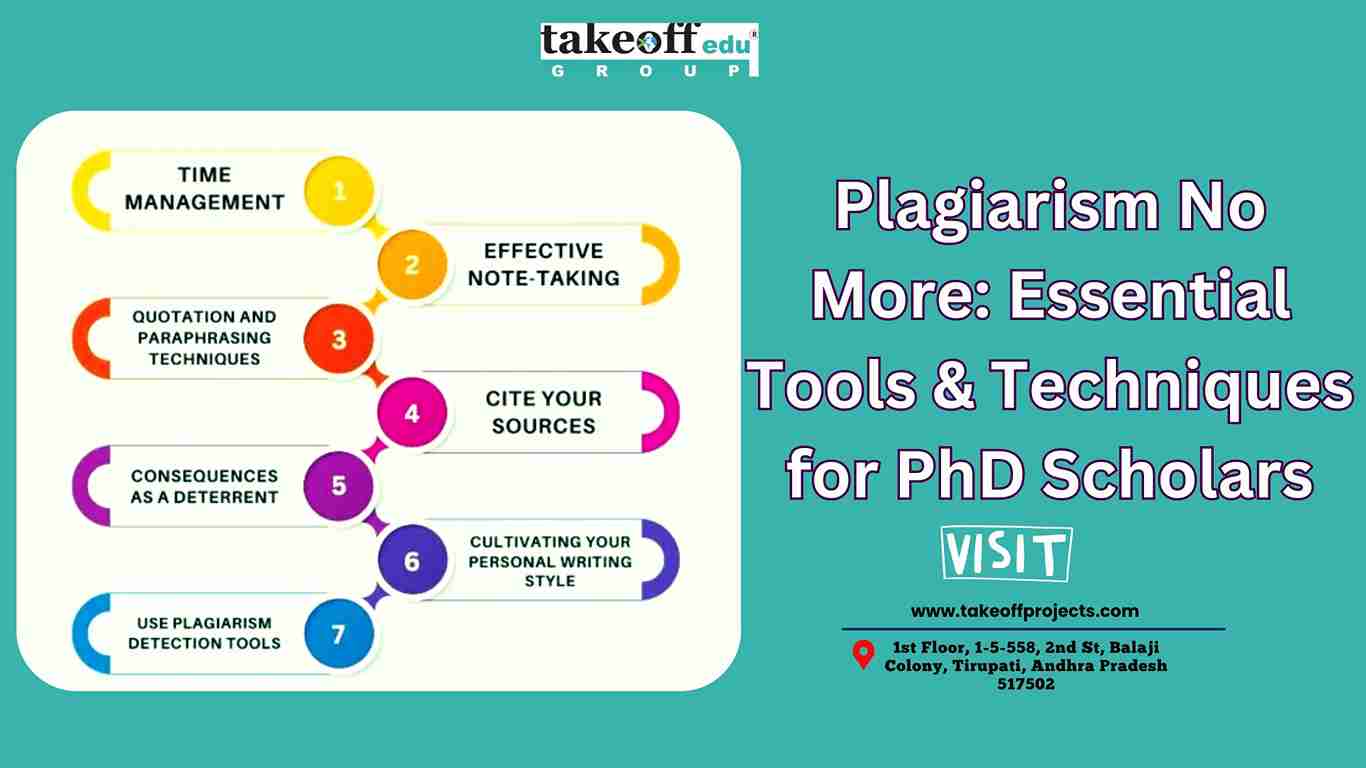
 PhD in Electrical Engineering: Research & Writing Support
PhD in Electrical Engineering: Research & Writing Support  Which are the Best PhD Assistance and Dissertation Writing Services in India?
Which are the Best PhD Assistance and Dissertation Writing Services in India?  How to Choose a PhD Research Domain: EEE, ECE, or CSE?
How to Choose a PhD Research Domain: EEE, ECE, or CSE? 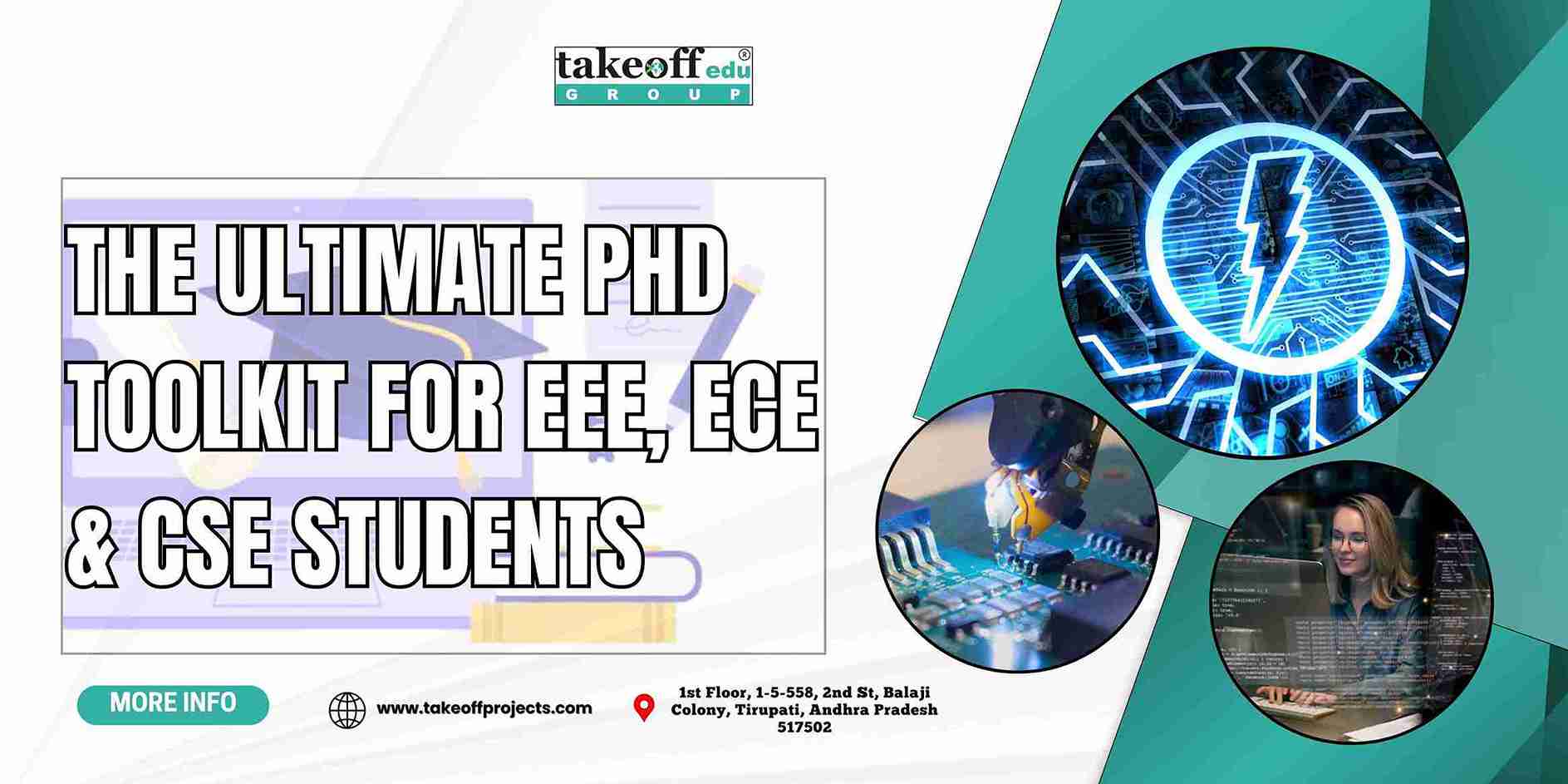 The Ultimate PhD Toolkit for EEE, ECE and CSE Students
The Ultimate PhD Toolkit for EEE, ECE and CSE Students  Publication Success in EEE, ECE, and CSE: Expert Tips for Engineering Scholars
Publication Success in EEE, ECE, and CSE: Expert Tips for Engineering Scholars 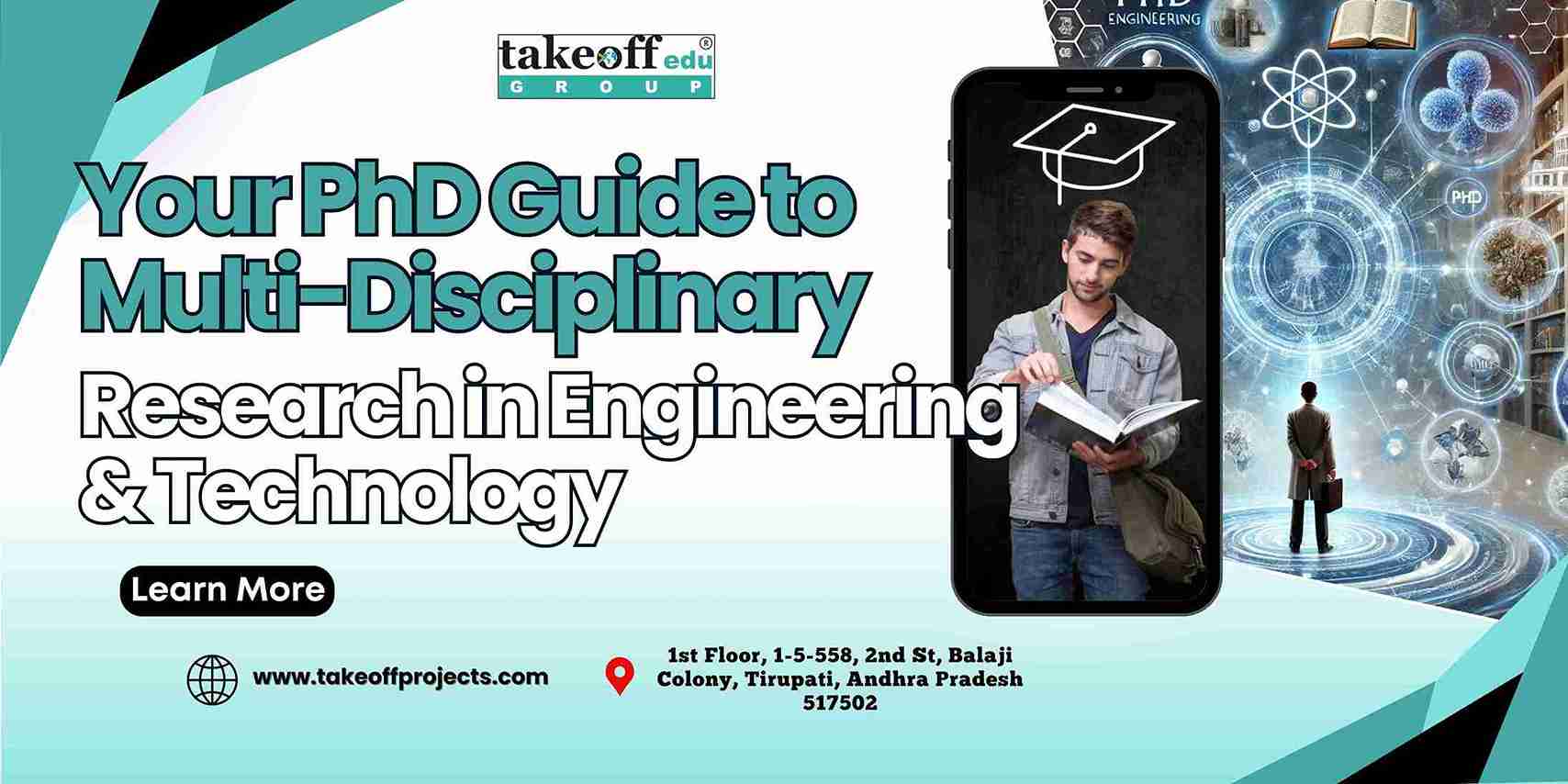 Your PhD Guide to Multi-Disciplinary Research in Engineering and Technology
Your PhD Guide to Multi-Disciplinary Research in Engineering and Technology  Top PhD Topics across EEE, ECE, and CSE: Bridging Innovation and Impact
Top PhD Topics across EEE, ECE, and CSE: Bridging Innovation and Impact 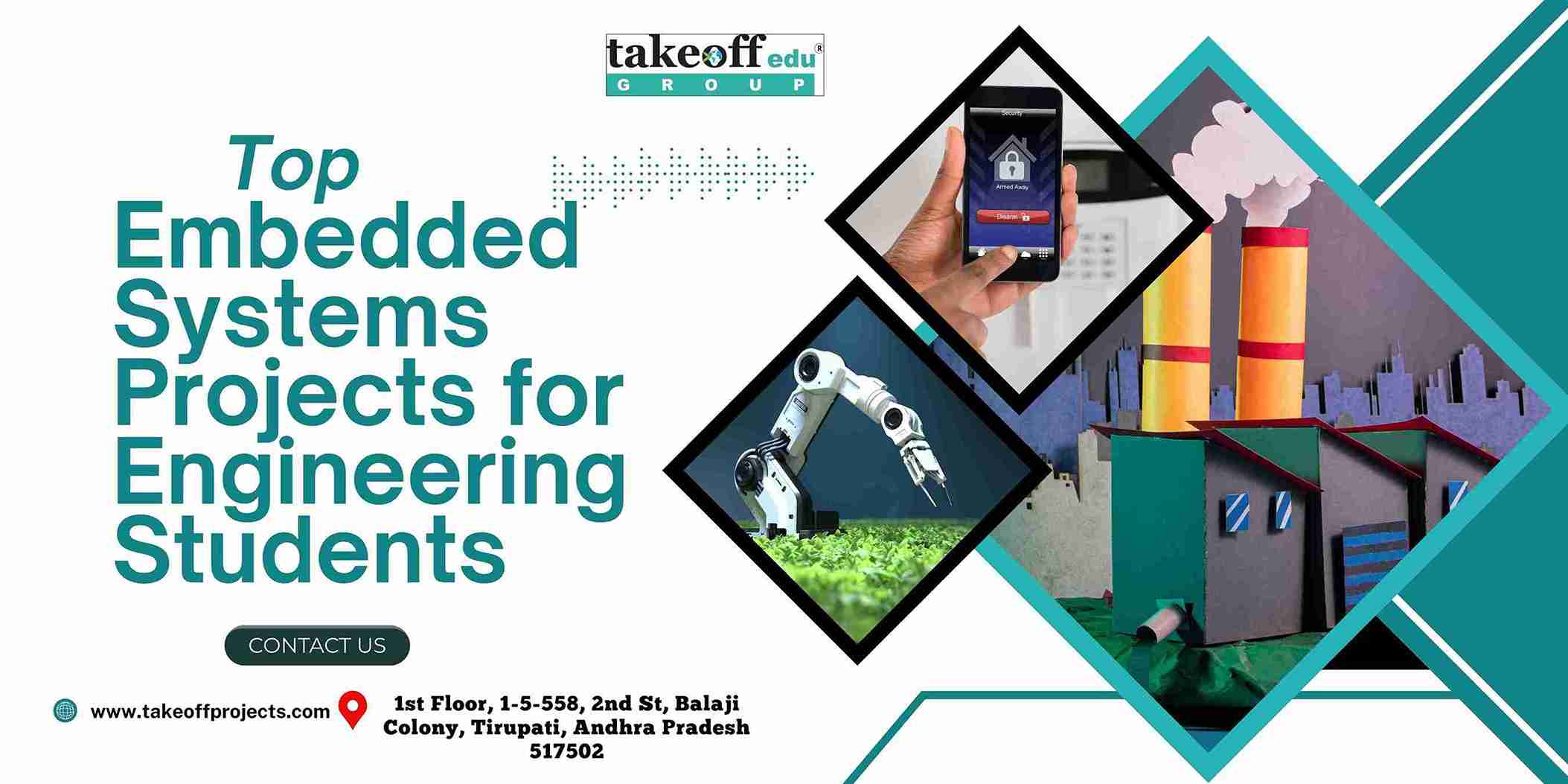 Top Embedded Systems Projects for Engineering Students
Top Embedded Systems Projects for Engineering Students  Crafting the Future of Tech: PhD Research Trends in Software Engineering
Crafting the Future of Tech: PhD Research Trends in Software Engineering  From Algorithms to Applications: Comprehensive PhD Support for CSE Students
From Algorithms to Applications: Comprehensive PhD Support for CSE Students  Cybersecurity and Blockchain: Pioneering Research Areas for PhD Scholars
Cybersecurity and Blockchain: Pioneering Research Areas for PhD Scholars 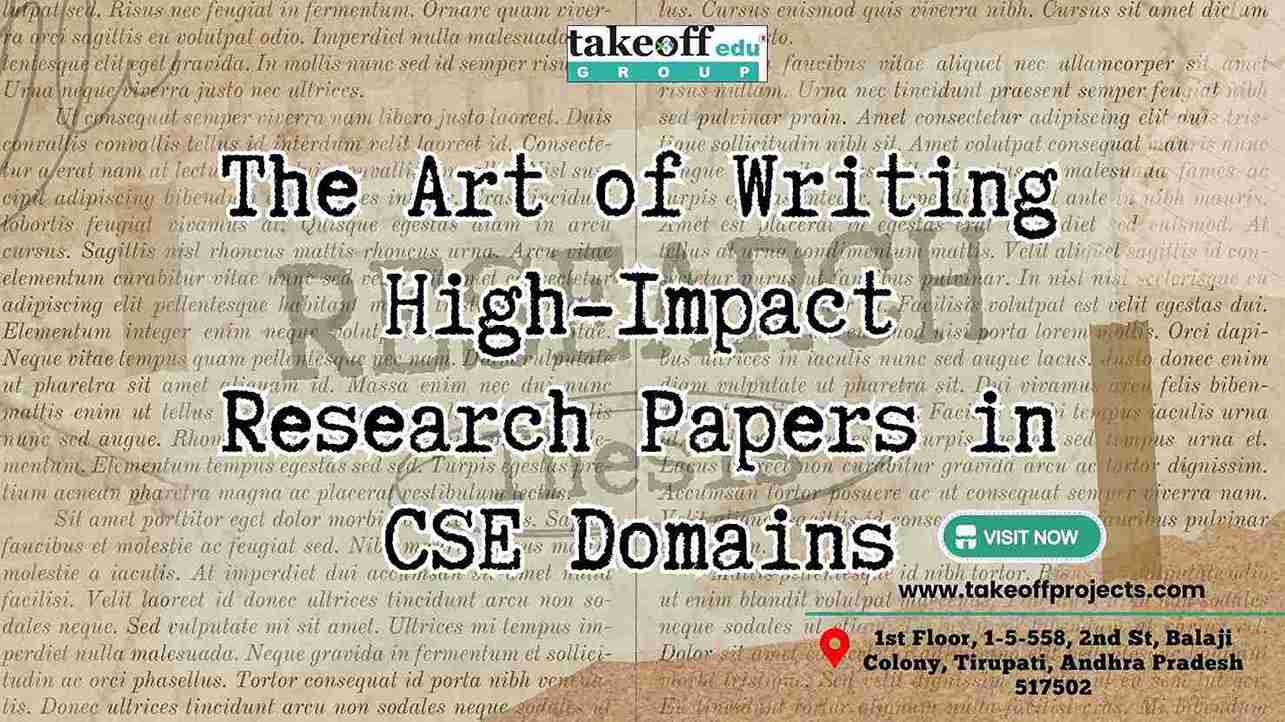 The Art of Writing High-Impact Research Papers in CSE Domains
The Art of Writing High-Impact Research Papers in CSE Domains  AI, ML, and Big Data: Emerging PhD Topics in CSE to Watch
AI, ML, and Big Data: Emerging PhD Topics in CSE to Watch  Top Research Trends in Electrical Drives for Aspiring PhD Scholars
Top Research Trends in Electrical Drives for Aspiring PhD Scholars 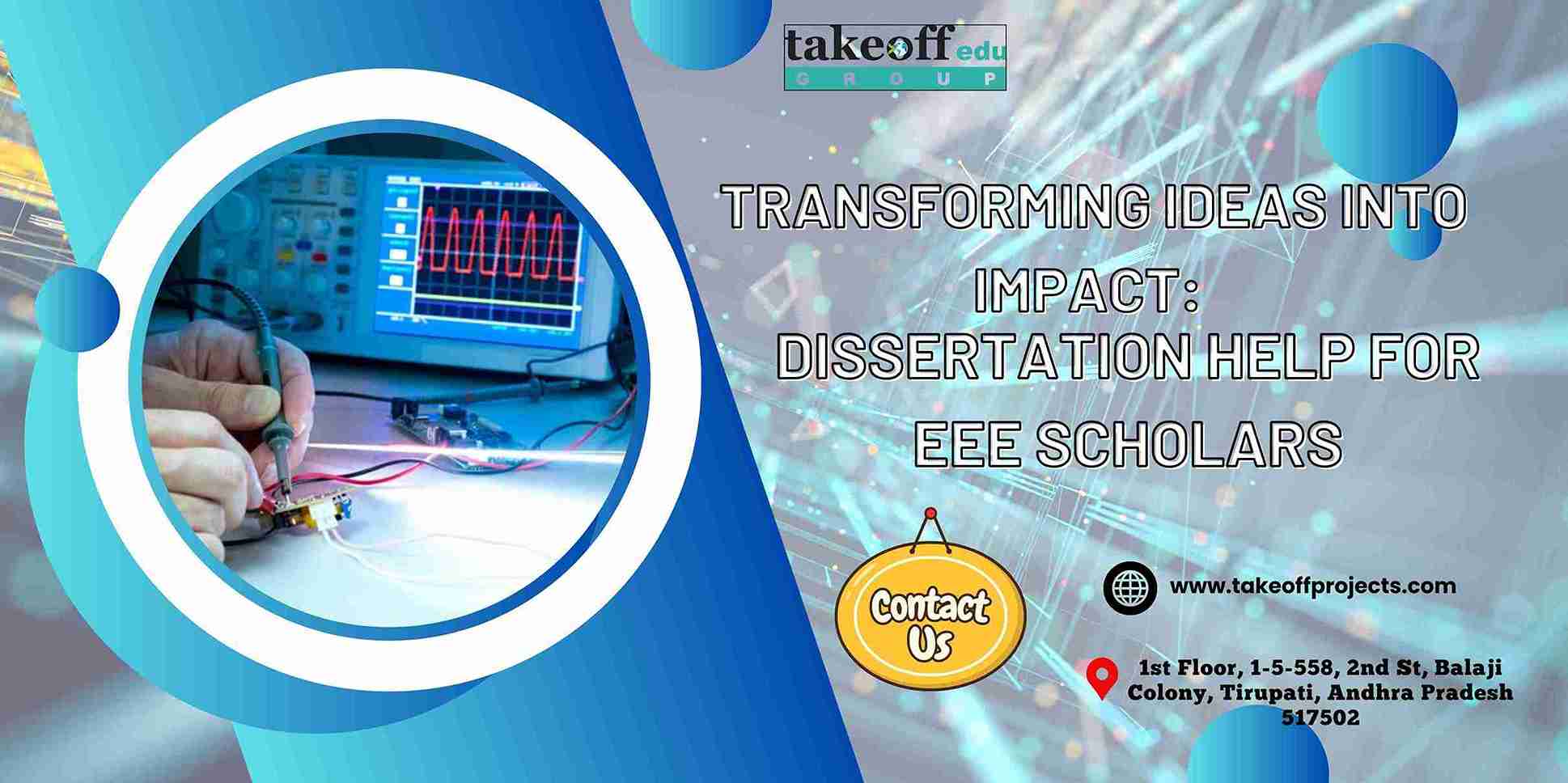 Transforming Ideas into Impact: Dissertation Help for EEE Scholars
Transforming Ideas into Impact: Dissertation Help for EEE Scholars 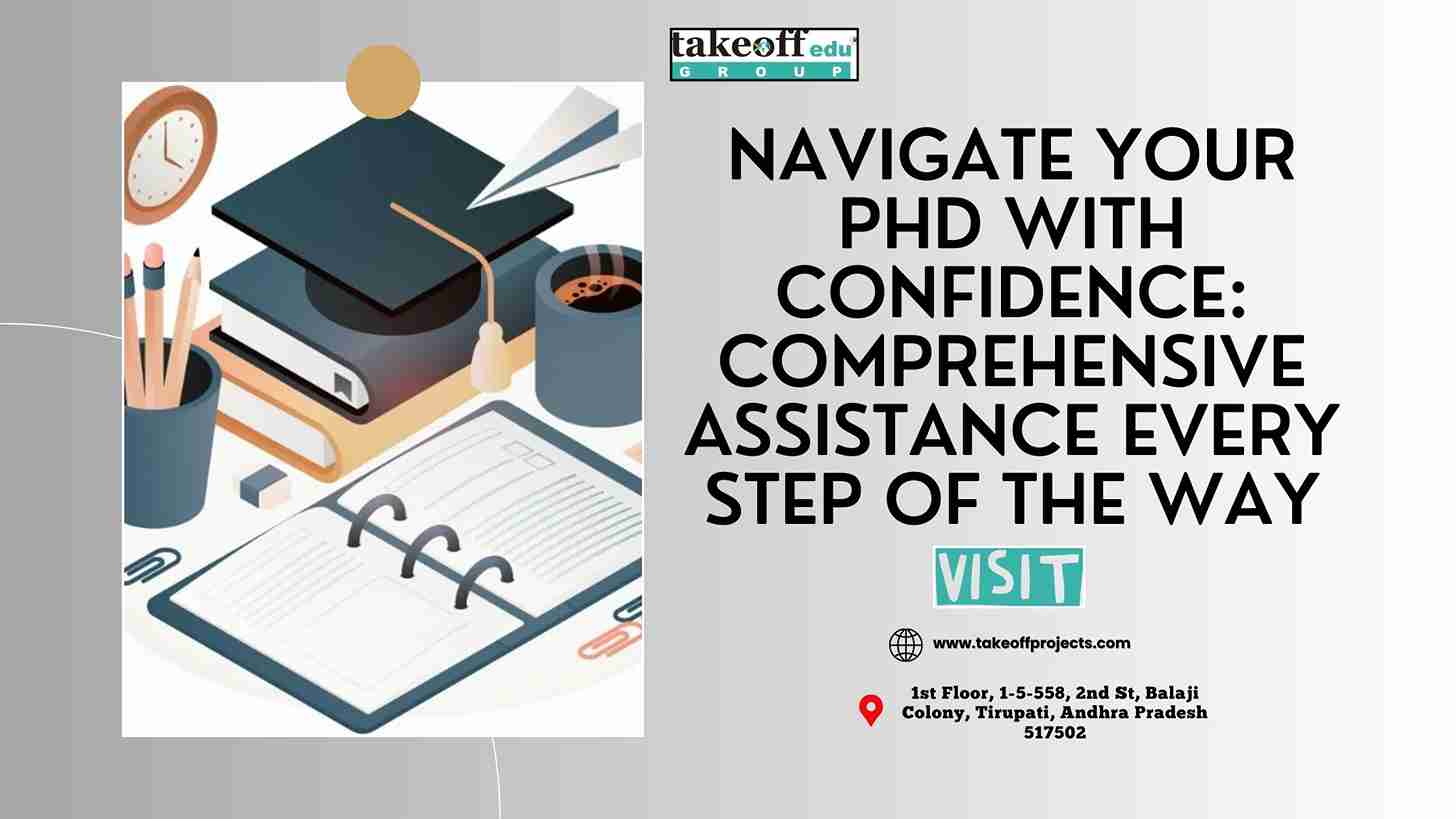 Navigate Your PhD with Confidence: Comprehensive Assistance Every Step of the Way
Navigate Your PhD with Confidence: Comprehensive Assistance Every Step of the Way  ECE Dissertation Success: Expert Tips for Writing and Publishing your Academic Success
ECE Dissertation Success: Expert Tips for Writing and Publishing your Academic Success 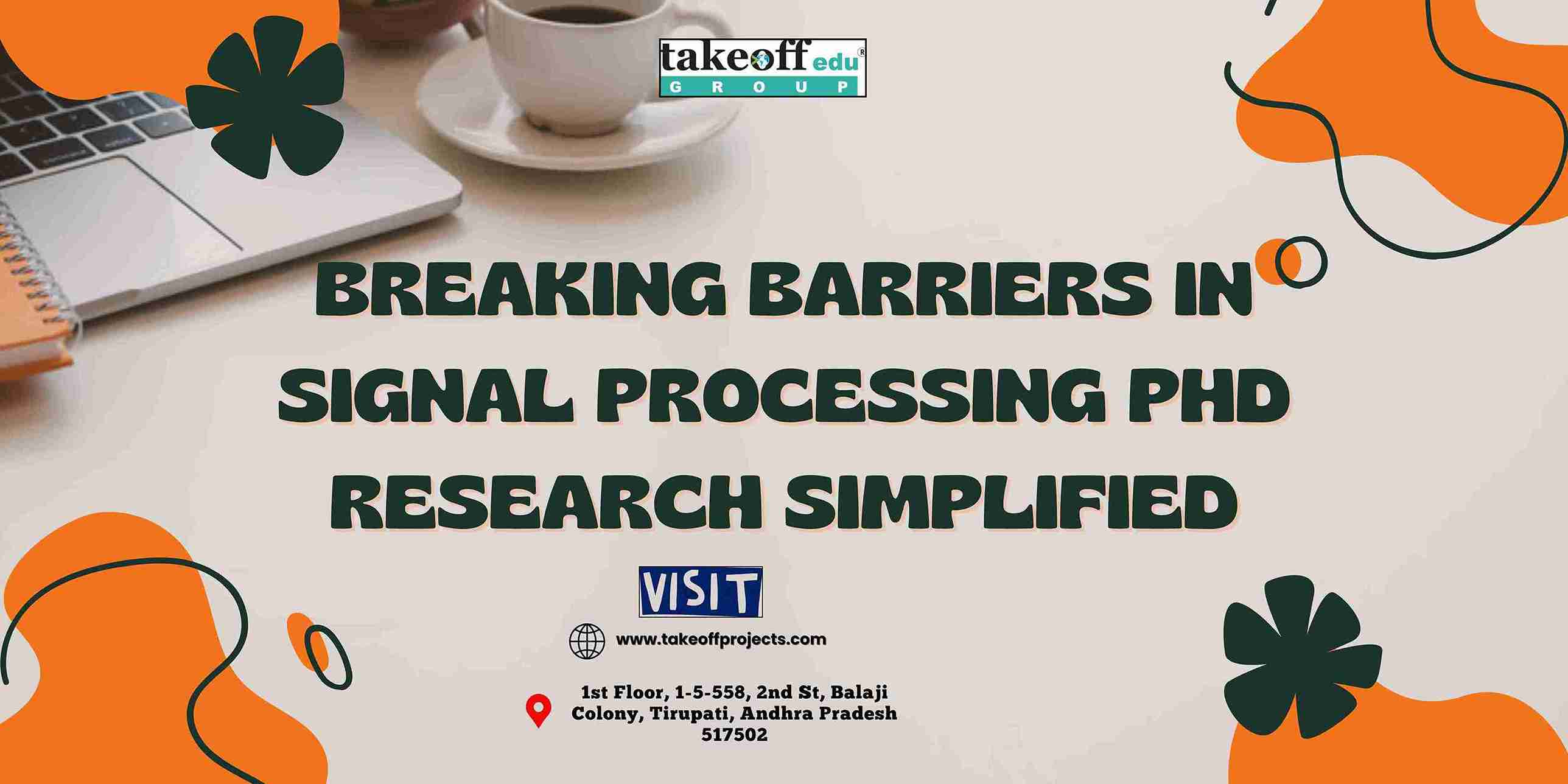 Breaking Barriers in Signal Processing: PhD Research Simplified
Breaking Barriers in Signal Processing: PhD Research Simplified  Building the Next-Gen Tech: A Guide to ECE Research and Publication
Building the Next-Gen Tech: A Guide to ECE Research and Publication  From Circuits to Control Systems: Navigating EEE Research with Expert Guidance
From Circuits to Control Systems: Navigating EEE Research with Expert Guidance  From Data to Discovery: Quantitative Analysis That Drives Results
From Data to Discovery: Quantitative Analysis That Drives Results  Future of IoT and Wireless Communication: Top PhD Opportunities in ECE
Future of IoT and Wireless Communication: Top PhD Opportunities in ECE  Top PhD Topics Energy Management in Power Electronics
Top PhD Topics Energy Management in Power Electronics  Exploring VLSI Design and Embedded Systems: Winning Research Topics for ECE Scholars
Exploring VLSI Design and Embedded Systems: Winning Research Topics for ECE Scholars  Expert-Approved Techniques for Crafting a Winning PhD Synopsis
Expert-Approved Techniques for Crafting a Winning PhD Synopsis  Writing with Purpose: How to Create Engaging Seminar Papers That Stand Out
Writing with Purpose: How to Create Engaging Seminar Papers That Stand Out 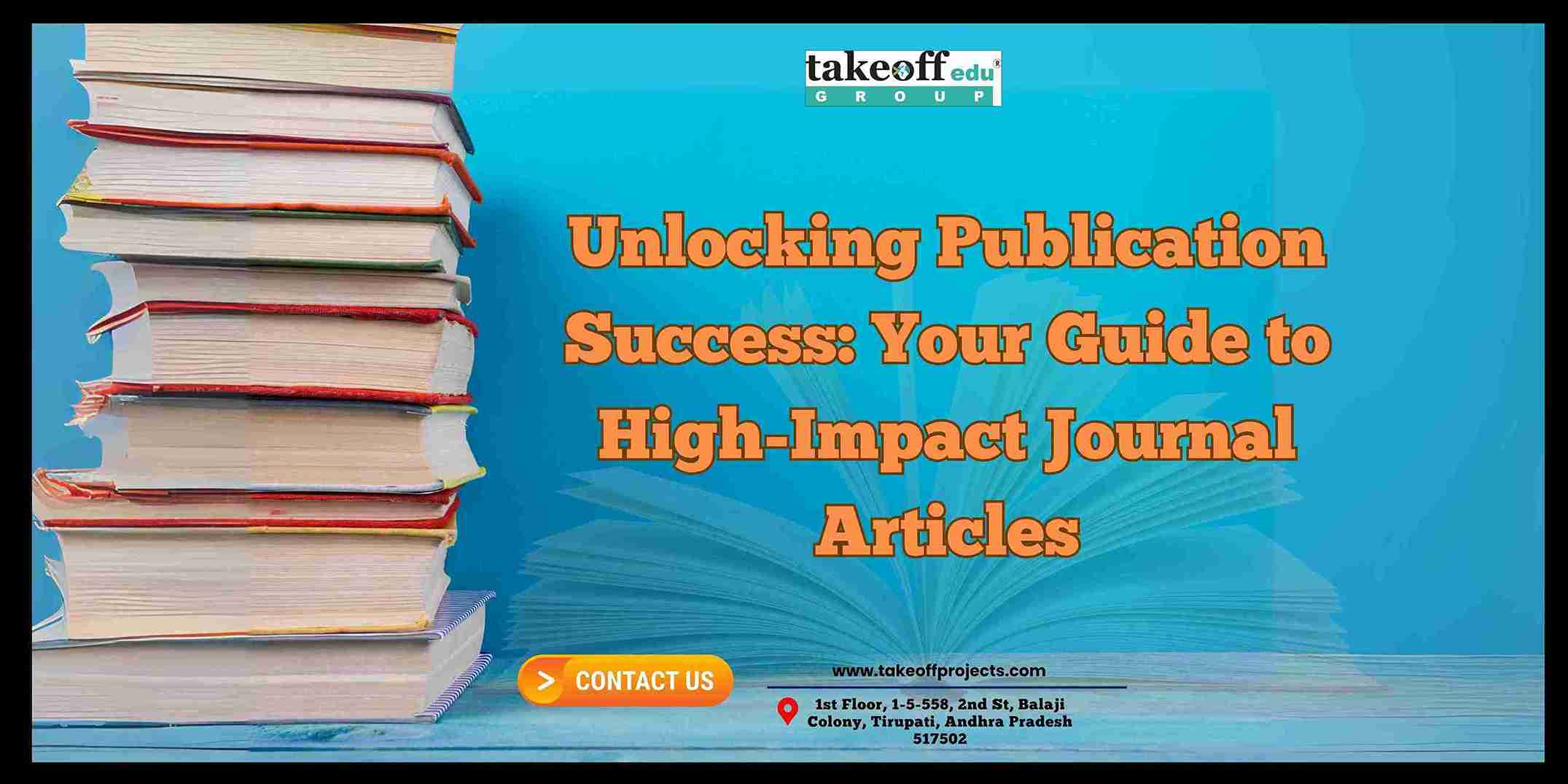 Unlocking Publication Success: Your Guide to High-Impact Journal Articles
Unlocking Publication Success: Your Guide to High-Impact Journal Articles  Mastering Energy Management: Top PhD Topics in Power Electronics
Mastering Energy Management: Top PhD Topics in Power Electronics  PhD Topic Selection Simplified: Choosing What Matters Most to You
PhD Topic Selection Simplified: Choosing What Matters Most to You 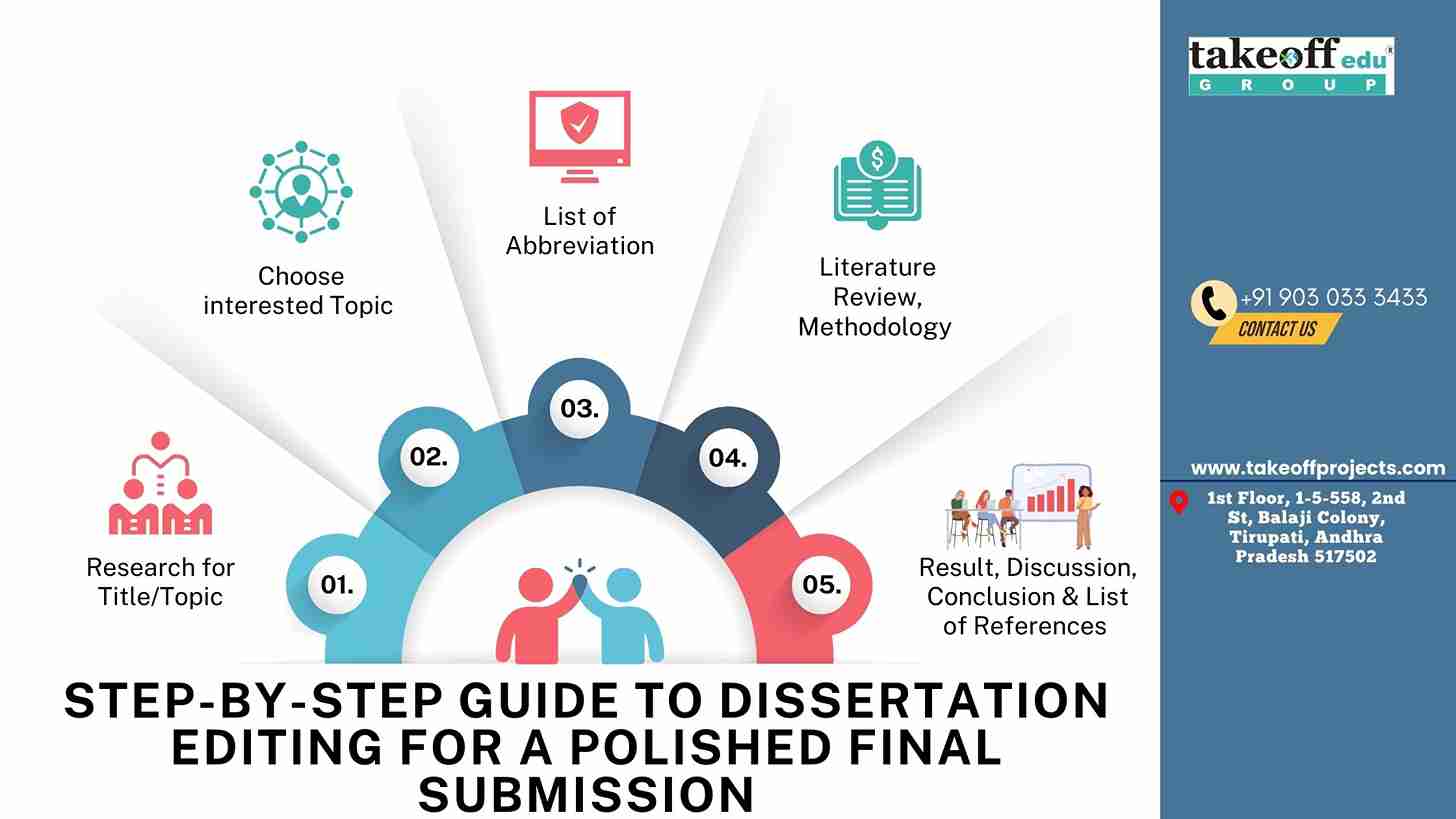 Step-by-Step Guide to Dissertation Editing for a Polished Final Submission
Step-by-Step Guide to Dissertation Editing for a Polished Final Submission 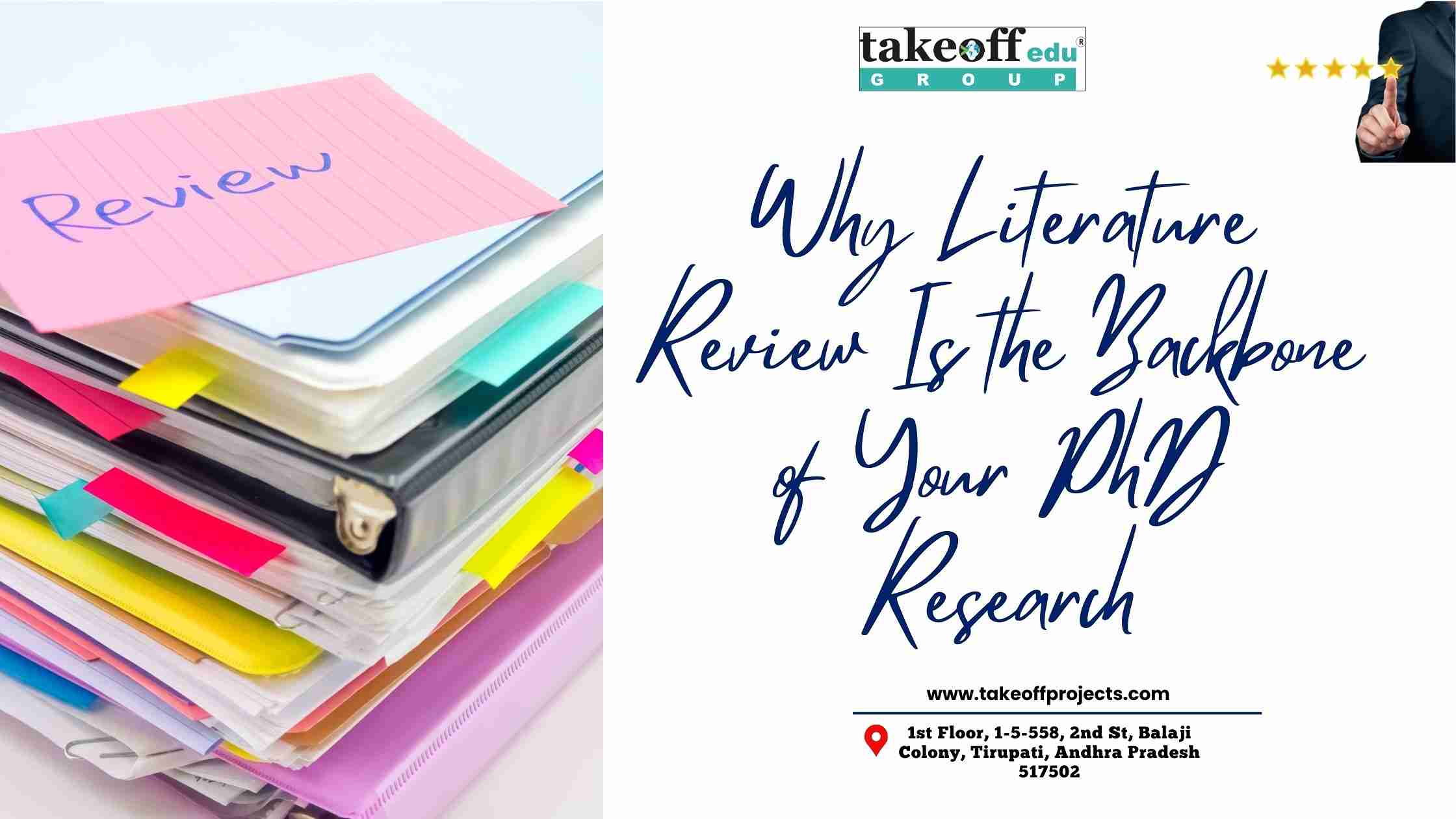 Why Literature Review Is the Backbone of Your PhD Research?
Why Literature Review Is the Backbone of Your PhD Research?  Accelerate Your Research: Software Implementation Made Easy for PhD Students
Accelerate Your Research: Software Implementation Made Easy for PhD Students  Stress-Free PhD Viva Voce Preparation: Expert Tips to Impress Examiners
Stress-Free PhD Viva Voce Preparation: Expert Tips to Impress Examiners 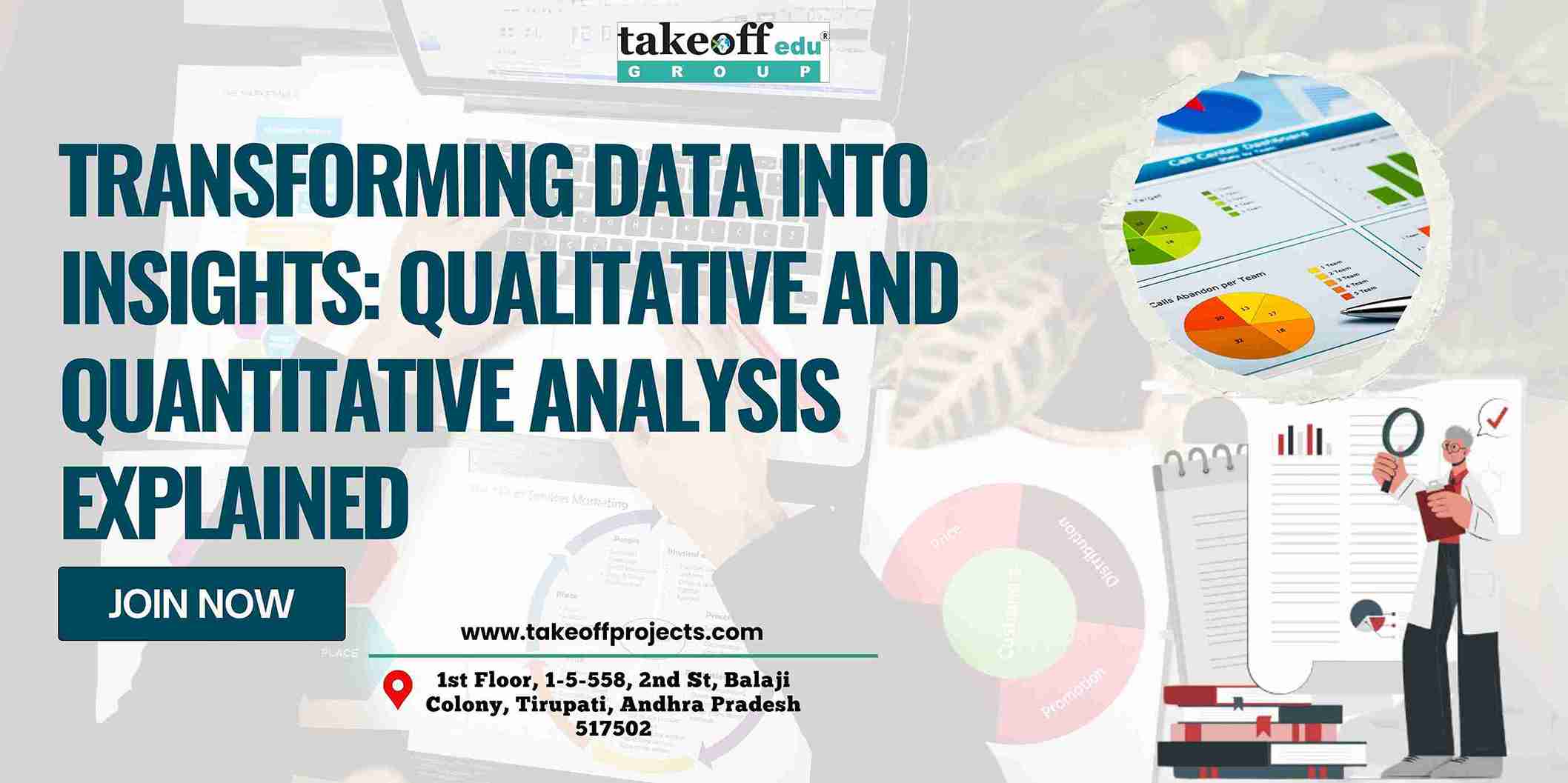 Transforming Data into Insights: Qualitative and Quantitative Analysis Explained
Transforming Data into Insights: Qualitative and Quantitative Analysis Explained 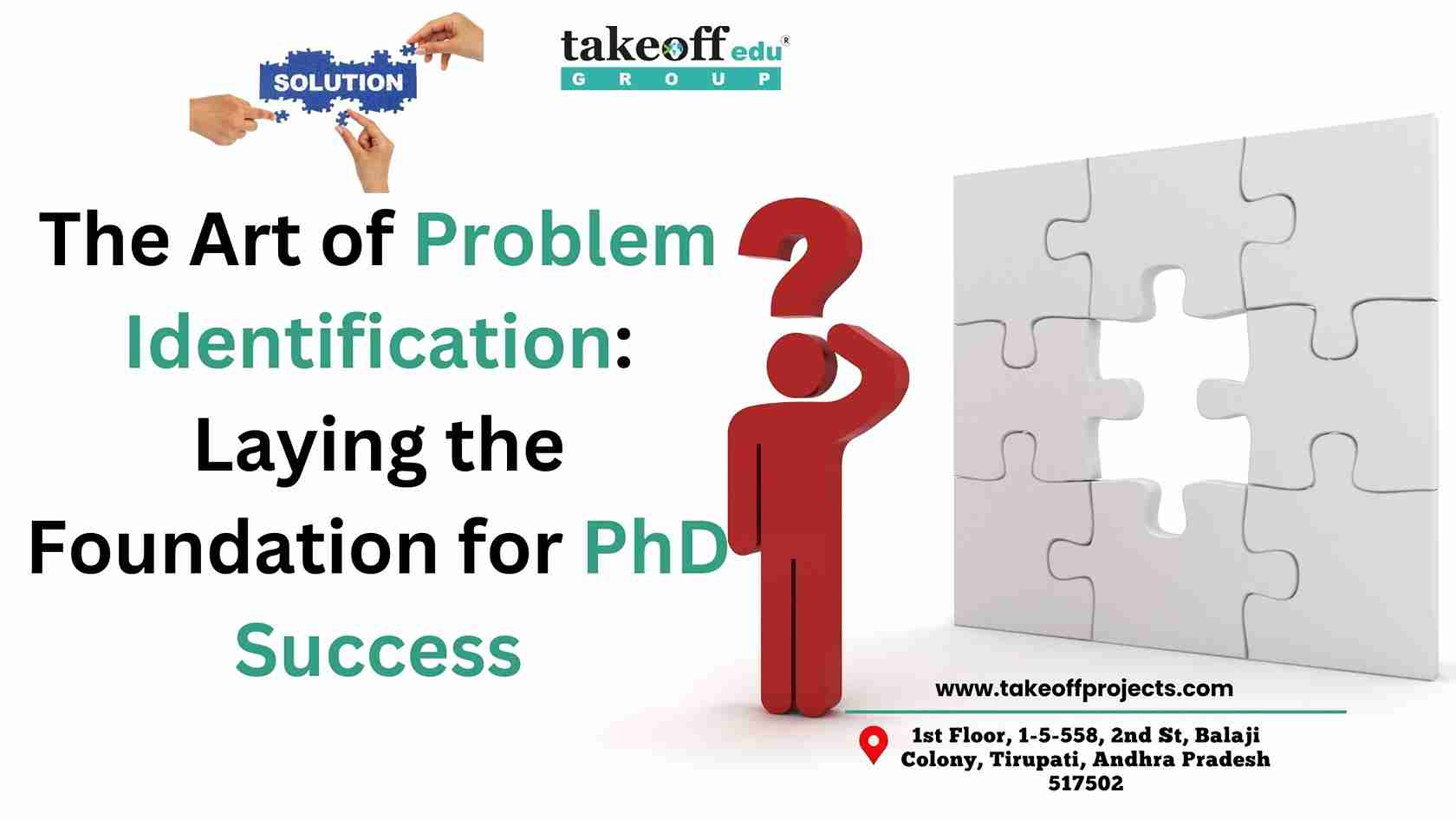 The Art of Problem Identification: Laying the Foundation for PhD Success
The Art of Problem Identification: Laying the Foundation for PhD Success 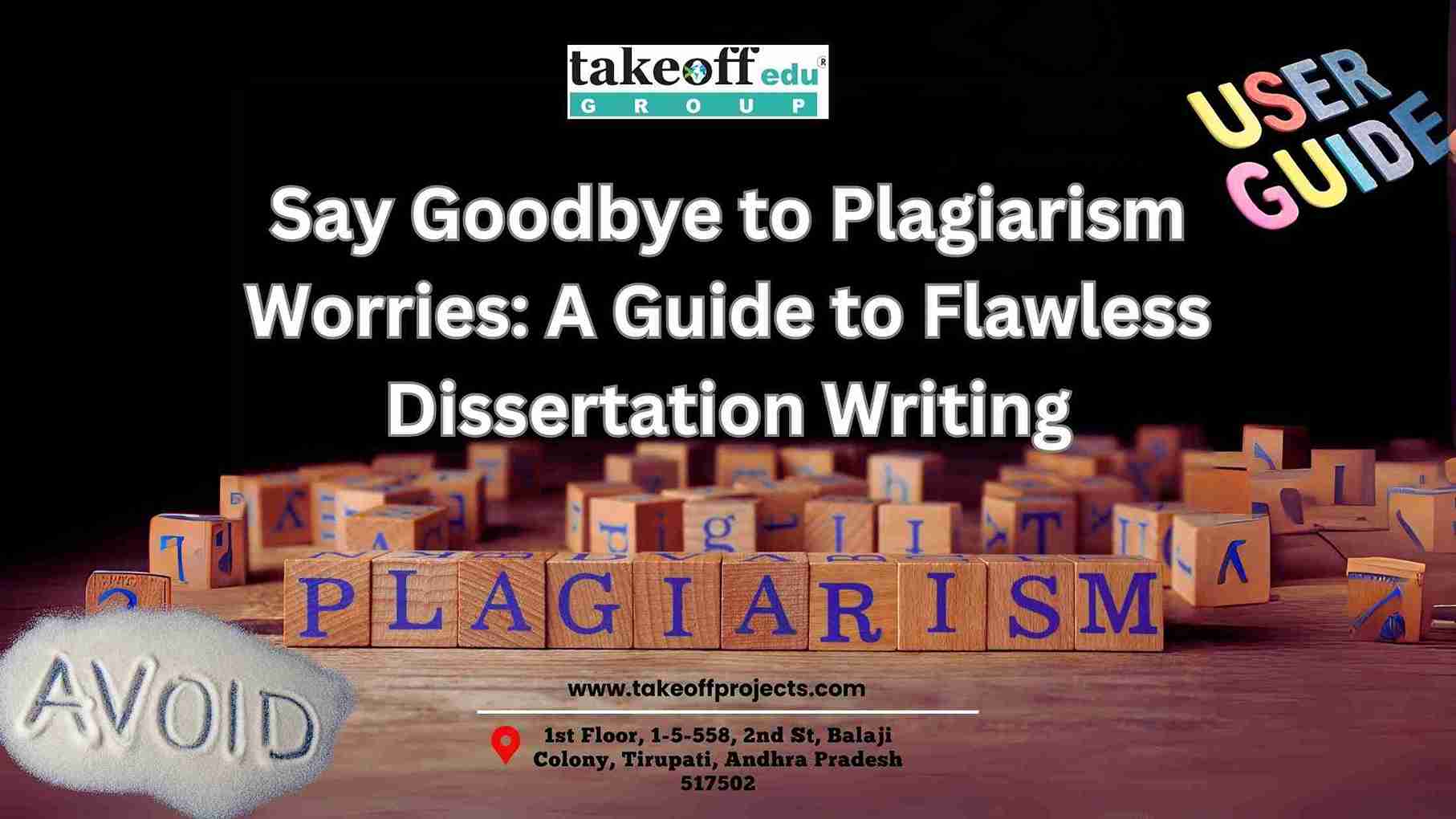 Say Goodbye to Plagiarism Worries: A Guide to Flawless Dissertation Writing
Say Goodbye to Plagiarism Worries: A Guide to Flawless Dissertation Writing  From Idea to Impact: Crafting High-Quality Conference and Seminar Papers
From Idea to Impact: Crafting High-Quality Conference and Seminar Papers 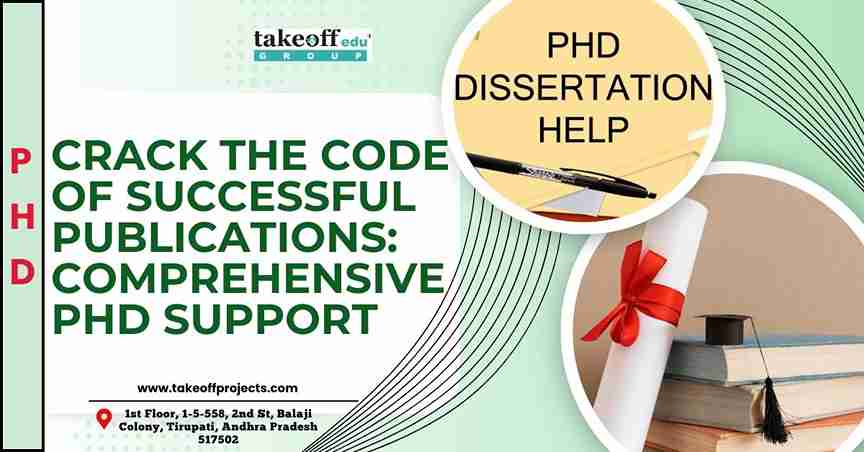 Crack the Code of Successful Publications: Comprehensive PhD Support
Crack the Code of Successful Publications: Comprehensive PhD Support 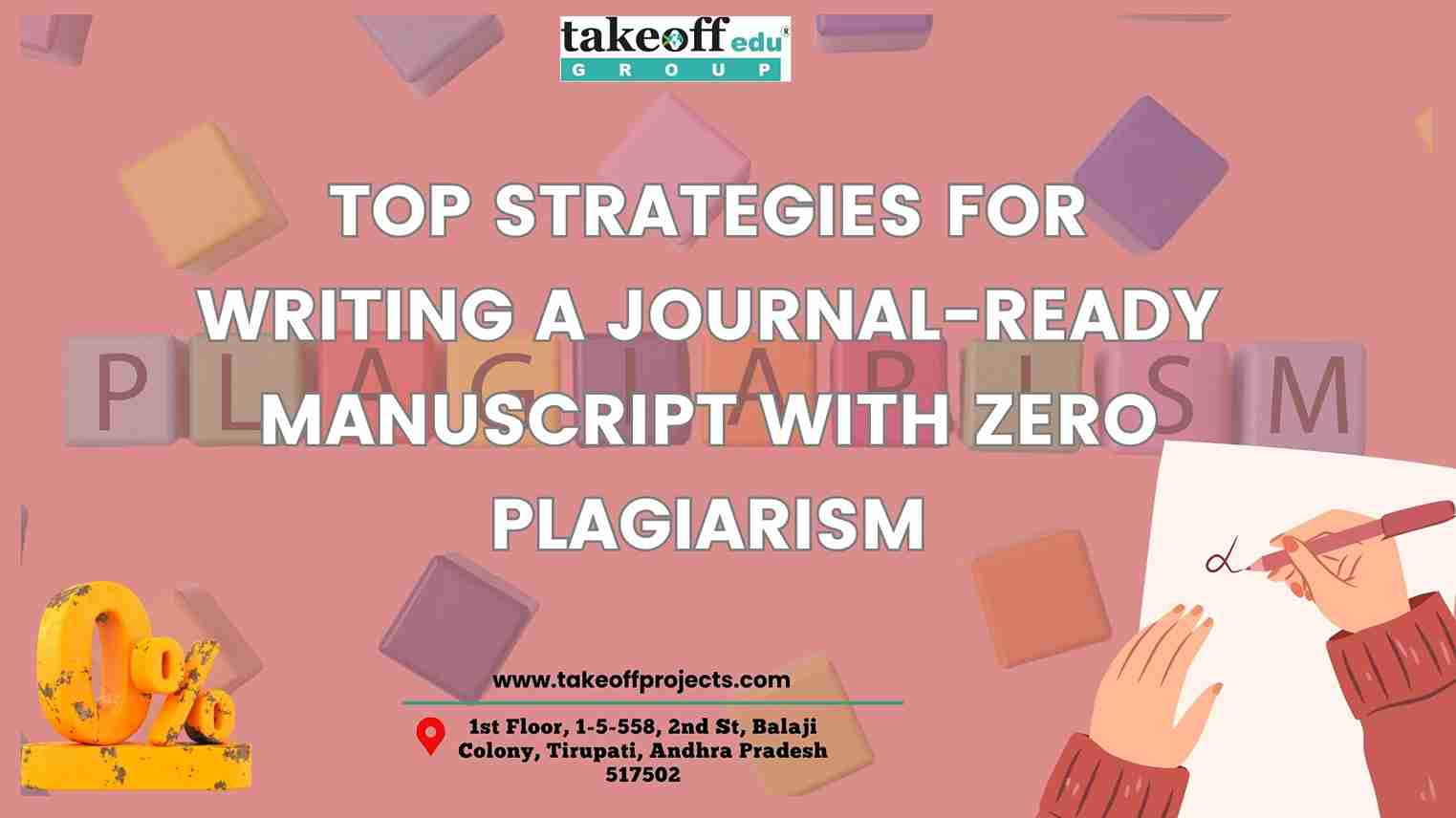 Top Strategies for Writing a Journal Ready Manuscript with Zero Plagiarism
Top Strategies for Writing a Journal Ready Manuscript with Zero Plagiarism  How to Nail Your PhD Research Proposal: Tips from the Pros
How to Nail Your PhD Research Proposal: Tips from the Pros  Understanding the Basics of Power Systems: A Comprehensive Guide
Understanding the Basics of Power Systems: A Comprehensive Guide  Turn Research Challenges into Opportunities: Expert PhD Consultation Services
Turn Research Challenges into Opportunities: Expert PhD Consultation Services 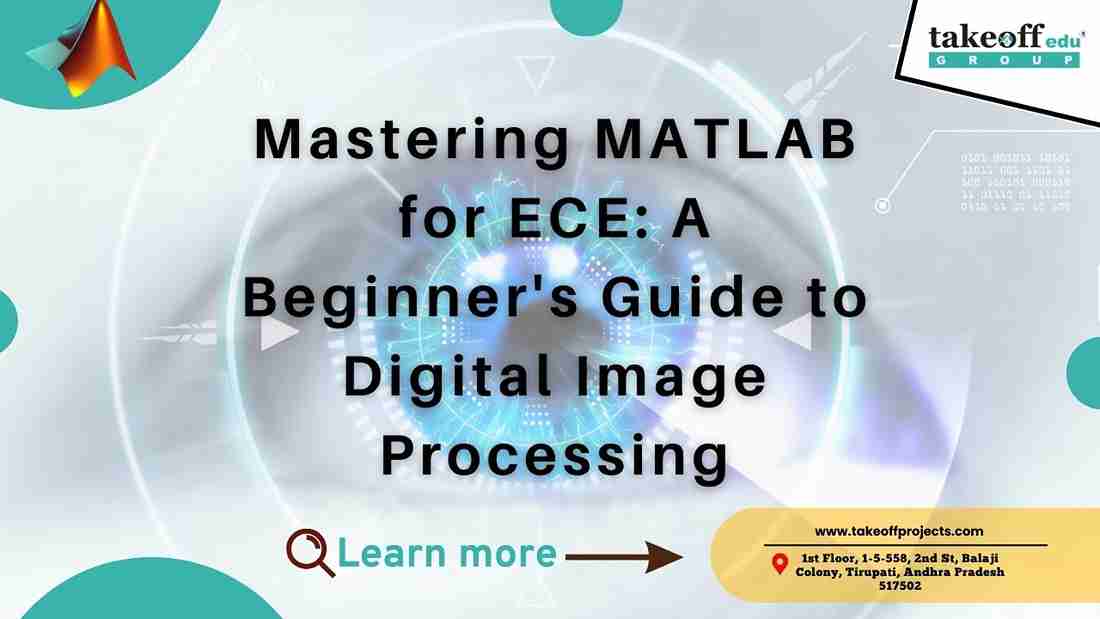 Mastering MATLAB for ECE: A Beginner's Guide to Digital Image Processing
Mastering MATLAB for ECE: A Beginner's Guide to Digital Image Processing  Mastering Your PhD Journey: From Topic Selection to Dissertation Success
Mastering Your PhD Journey: From Topic Selection to Dissertation Success  Assignment Writing Service
Assignment Writing Service 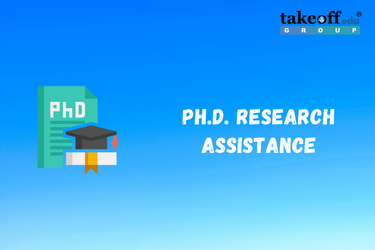 PhD Research Assistance
PhD Research Assistance 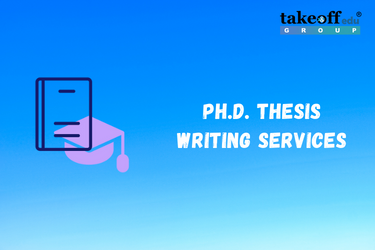 PhD Thesis Writing Services
PhD Thesis Writing Services 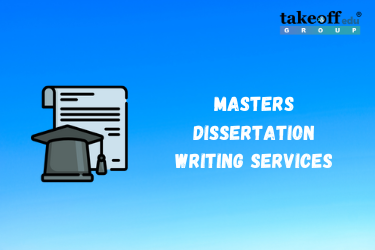 Masters Dissertation Writing
Masters Dissertation Writing 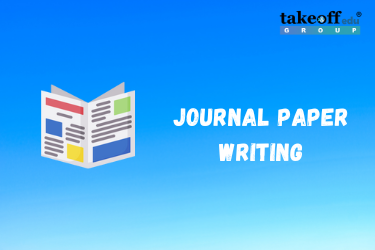 Journal Paper Writing
Journal Paper Writing 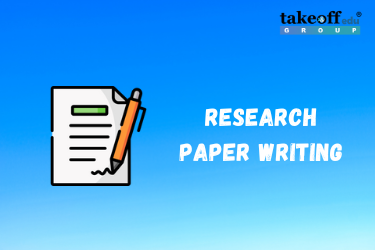 Research Paper Writing Services
Research Paper Writing Services 
 Paper Publishing
Paper Publishing


